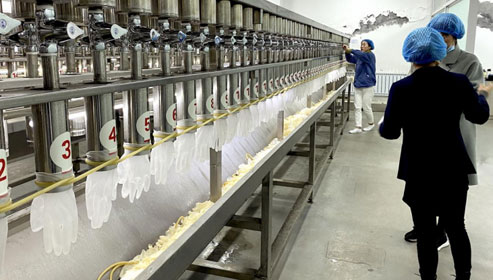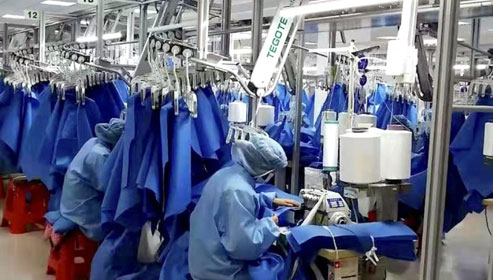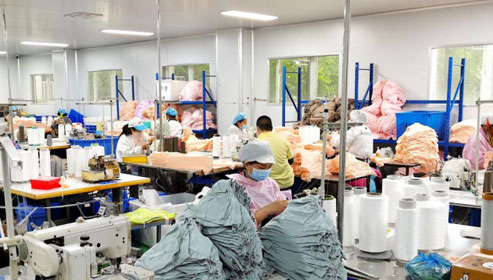Medical masks (also known as surgical masks) have the following characteristics:
1. It is generally composed of a three-layer structure. The outer layer of non-woven fabric blocks water to prevent droplets from entering the mask; the middle layer is an isolation filter layer; the inner layer close to the mouth and nose absorbs moisture;
2. There are different thicknesses to choose from;
3. There are different bacterial filtration rates and blocking properties
Respirators (also known as filtering facepiece respirators - FFP for short) are available in different performance levels such as FFP2 respirator mask, FFP3, N95, N99.
1. Purpose. Medical protective masks effectively isolate the user from the environment or sterilized area, help prevent the user's saliva or mucus droplets from contacting patients or medical equipment, and prevent blood from splashing into the user's nose and mouth. And respirators are designed to help reduce a user's exposure to certain microscopic particles suspended in the air.
2. Suitability. Users should carry out a fit test before using a respirator and do a wear air tightness check each time they use the respirator to enter a polluted environment to ensure that the gas they inhale is filtered every time, and not from no air. Close-fitting side slits enter; fit testing is not required when using medical masks.
3. Detection method. The detection methods of medical masks include particulate filtration efficiency (PFE), microbial filtration efficiency, liquid barrier, flame retardant, etc. For respirator testing, "worst-case" conditions are selected to ensure reliable protection in the workplace. Testing generally includes the use of high air flow, the most penetrating particle size, and reduced filter material performance. type of particulate matter.


